Gerald Lip says he has much to thank Aberdeen for.
Originally from Malaysia, he arrived in the city 16 years ago to take up a radiology post at Aberdeen Royal Infirmary (ARI).
Having studied medicine at Trinity College Dublin, he had applied to hospitals across the UK, but Aberdeen was “top of the list,” he says – though not, he adds with a grin, just because it starts with an ‘A’.
It was the early noughties and ARI employed some of the top radiologists in the world. One of them, Professor Jamie Weir, wrote the textbook on radiology – literally; Gerald had just studied it at medical school.
So Gerald turned up in cold, freezing Aberdeen, a world away from tropical Malaysia, and made a life for himself.
He got married, to a fellow Malaysian and doctor – they met while he was training in Aberdeen and she in Inverness.
He is the proud father to two young Aberdonians, who go to school just around the corner from ARI.
He’s even embraced his Scottish heritage, tracing his lineage back to a great-great-great-grandmother who was a Lamont from Angus.
That’s more than enough reason, he jokes, to don a kilt when entertaining visiting colleagues.
“I do what I have to do for Aberdeen!” he laughs.
What Gerald Lip has done for Aberdeen
But if Gerald is grateful to Aberdeen, the truth is that the city owes him just as much — if not more.
Since moving here, he has become a global leader in AI-assisted radiology, pioneering advances that are reshaping how doctors detect and diagnose breast cancer.
His work has not only put Aberdeen at the forefront of medical innovation, but is helping to save lives.
By integrating artificial intelligence into routine screening, Gerald and his colleagues are improving diagnostic accuracy, reducing workload pressures on radiologists and, crucially, increasing early detection rates — when treatment is most effective.
Just last month, he was appointed President of the British Society of Breast Radiology, the specialist group within the Royal College of Radiologists that represents up to 700 consultant breast cancer specialists.
Meanwhile, his research is helping cement Aberdeen’s reputation as a focal point for AI in medicine, a status that is already drawing major conferences to the city — including one in September that will bring hundreds of delegates to P&J Live.
But most importantly, his work has the potential to save lives.
In Scotland, one in nine women will develop breast cancer. Even a small improvement in early detection rates could mean a world of difference for thousands of patients.
“There’s a lot of movement, a lot of interest in the field,” Gerald says. “AI is here to stay. Now it’s about working out how to use it in the safest and most effective way.”
How AI can help breast cancer patients
To understand how AI can help cancer patients, it’s important to first understand the role of radiology.
Radiologists are medical specialists trained to interpret imaging scans — such as mammograms, MRIs, and CT scans — to detect and diagnose diseases, including cancer.
Their job is to spot abnormalities that may not yet cause symptoms, and early detection is crucial: the sooner cancer is found, the better the chances of successful treatment.
However, the sheer volume of images radiologists must review makes the process time-intensive. Thousands of scans pass through their hands, increasing the risk of missed or delayed diagnoses — especially in overburdened healthcare systems.
This is where artificial intelligence is making a profound impact.
In a study on detection rates that Gerald helped lead, AI tools picked up 10.4% more cancers than traditional radiology methods. Another study in Germany, analysing imaging scans from nearly half a million women, found an even greater increase – 17.6%.
Gerald envisions a future where AI becomes an integral part of the screening process.
Currently, two radiologists independently review each mammogram, with a third specialist stepping in if the assessments differ. AI could potentially take the place of one of those human readers.
It would, Gerald argues, significantly reduce the workload for already overstretched healthcare professionals.
“So instead of waiting for me to read [the mammogram] on Monday and then my colleague to read it on Wednesday, AI reads it on Monday, and I read it on Monday,” he explains. “Already, you’re gaining efficiency and turning things around quicker.”
Gerald reveals why AI will not replace doctors
Of course, the idea of AI replacing human jobs is a sensitive subject — and not just within the NHS.
But Gerald sees it differently. AI isn’t here to replace doctors; it’s here to support them.
“It’s never going to replace the doctor,” he says. “It’s about augmenting the healthcare professional — helping us because, let’s be honest, we’re under stress.”
There’s also a more pressing concern: a shortage of radiologists. A report last year from The Royal College of Radiologists found a 30% shortfall in clinical radiology consultants, a figure predicted to rise to 40% by 2028.
“For me to train as a general radiologist in Aberdeen, it’s a six-year programme,” Gerald explains. “And if I wanted to sub-specialise in breast imaging, that’s another one to two years of training.”
Experience takes even longer to build.
“If I’m reading 10,000 mammograms a year, in five years, I might have 50,000 cases in my head,” he says. “But an AI can ingest a million mammograms in a week. So really, you’re working with a peer — one that’s highly experienced.”
Gerald looks to the future with AI in Aberdeen
Not content with revolutionising healthcare, Gerald is also working to secure Aberdeen’s status as a leader in AI.
He was recently appointed AI faculty lead at Aberdeen University’s medical school, which is one of the first to formally integrate AI into its curriculum.
His goal? To ensure that the city maintains its early advantage in the field while training the next generation of doctors to harness the technology.
“Everyone keeps saying: ‘We need to do it, we need to do it,’” he says. “But no one’s done it yet. So I said, fine — I’ll step up and do it.”
Then, in September, Gerald will help welcome 2,000 delegates to Aberdeen for the European Society of Breast Imaging conference — the latest in a string of major AI and medical events he’s helped attract to the city.
These gatherings don’t just enhance Aberdeen’s reputation as a centre for innovation; they also bring significant economic benefits.
“A cruise ship passenger might buy a few trinkets and spend about £200, but a conference visitor — especially a European one — might spend up to £1,000 per person,” he says. “For [the conference in September], exhibitors are already messaging me asking, ‘Which restaurants can I book for our customers?’”
But beyond the professional recognition and economic impact, Gerald finds another unexpected benefit in these visits: seeing Aberdeen through the eyes of first-time visitors.
“I think sometimes we need to see our city the way others do,” he says.
“Visitors really appreciate the beauty that we’re so used to walking past every day. They’ll say things like, ‘Oh, we love this place.’ And I think, oh yeah… it’s just my backyard.”
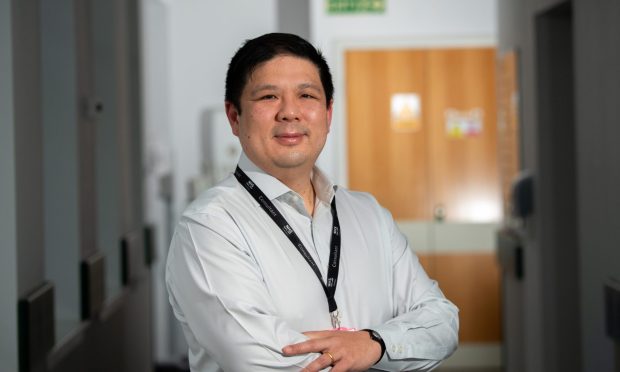
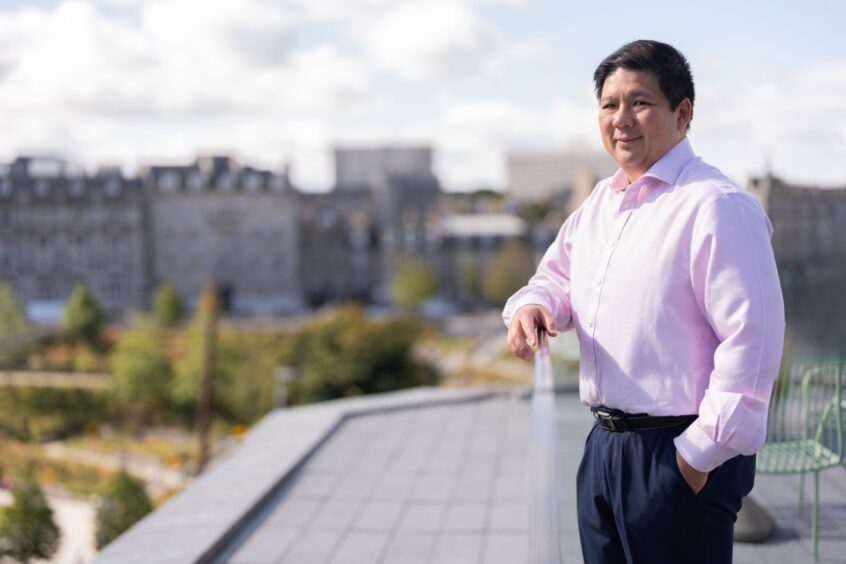
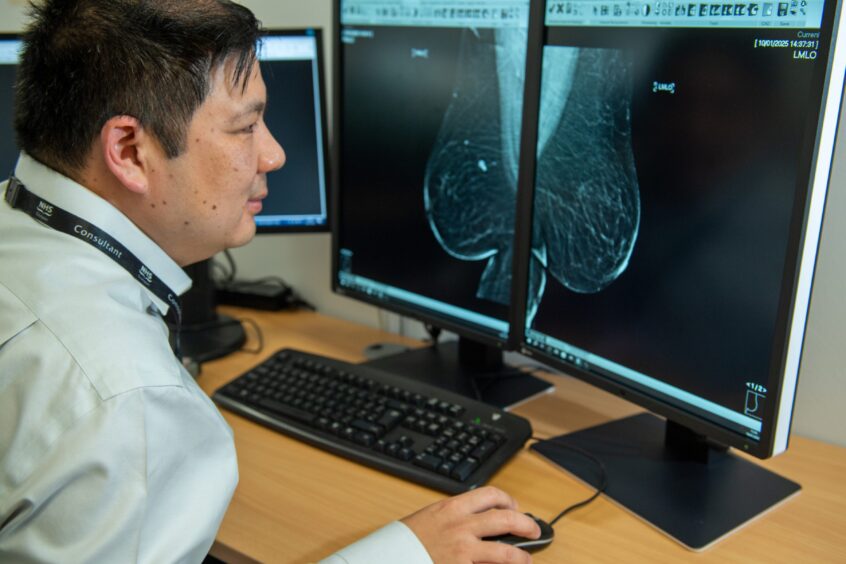
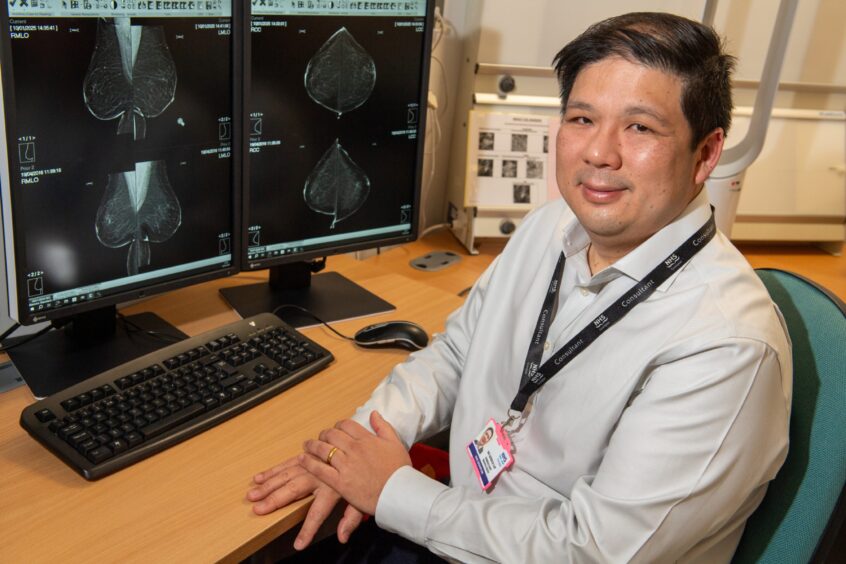
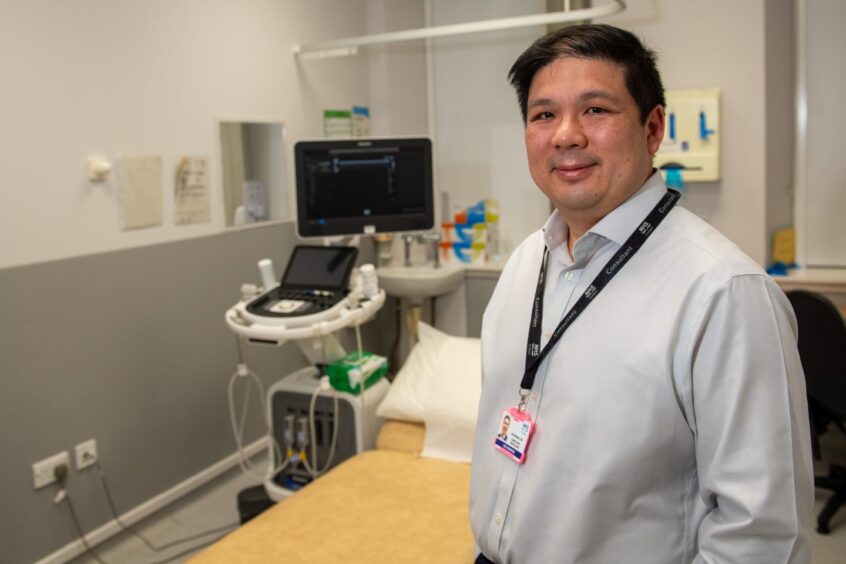
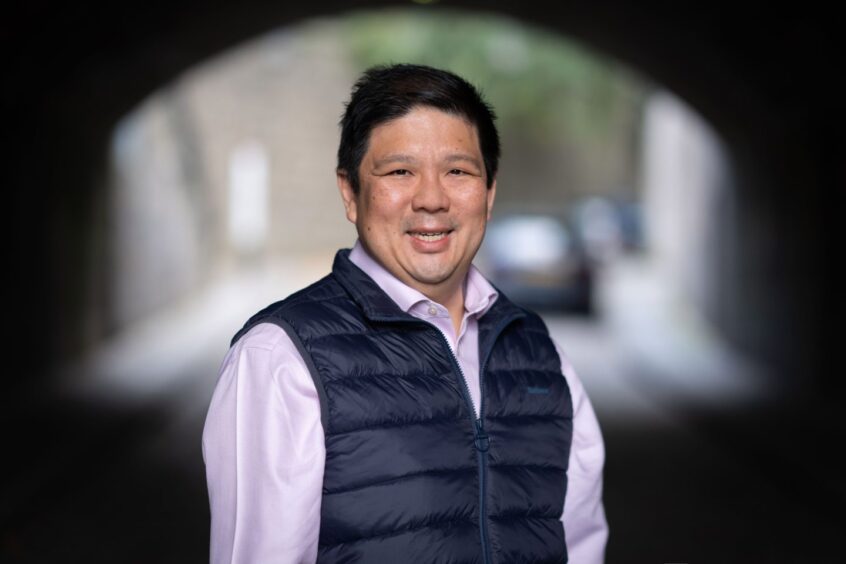
Conversation